
Modernization
Learn more about government’s intention to modernize the museum to protect our historic holdings and provide better access to our collections.
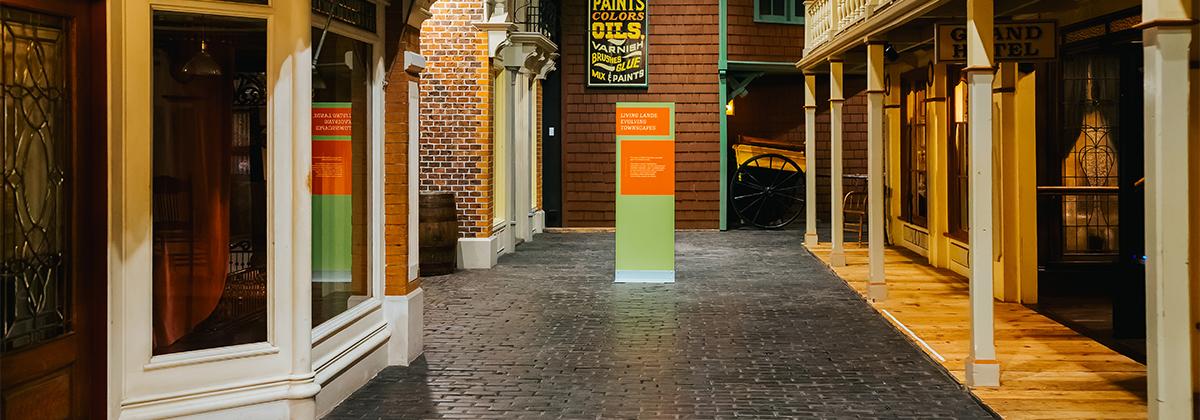
Museums worldwide, including the Royal BC Museum, are redefining their role in our cultural landscape. We are currently reimagining the human history galleries to be more inclusive and once complete, these spaces will share the lived experiences and truths of our province’s diverse populations.
As we pull back the curtain, visitors will see the real-time, behind-the-scenes work that goes into evolving the content of museum galleries. Over time, new stories and previously untold perspectives will be respectfully added, engaging visitors with the rich histories of British Columbia.
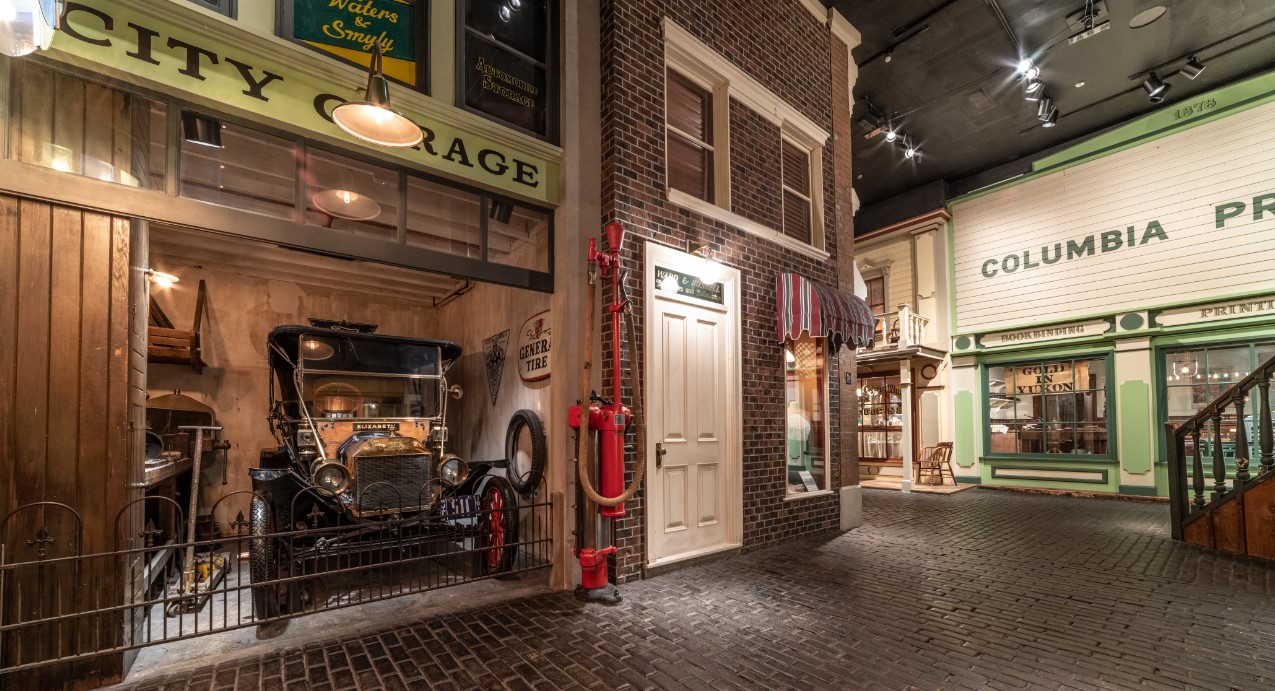
Walk and view detailed examples of British Columbia’s urban history, inspired and drawing upon the past. Learn more about this dynamic, reopened space.
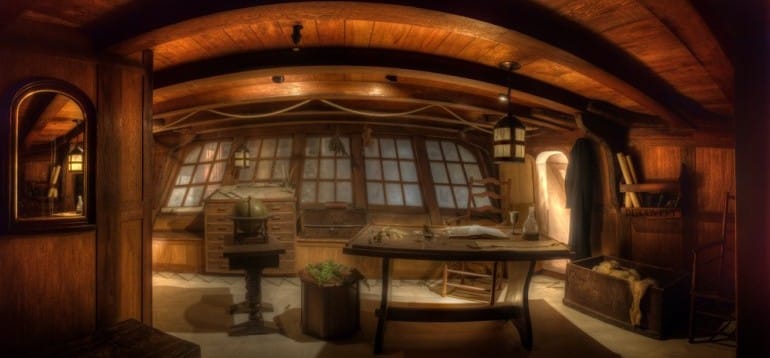
Enter a full scale replica of the H.M.S. Discovery, which Captain George Vancouver commanded on an expedition to map the Pacific west coast of North America from Oregon to Alaska between 1791-1795.
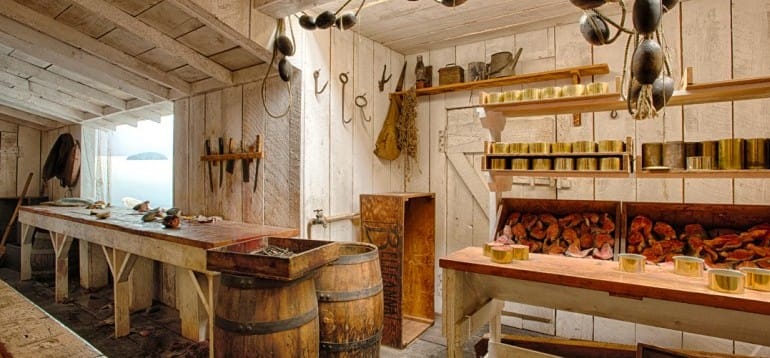
British Columbia’s cannery industry began harvesting and exporting salmon to Europe in the 1880s. See how the industry’s rapid expansion caused salmon stocks to become dangerously low in this cannery display.
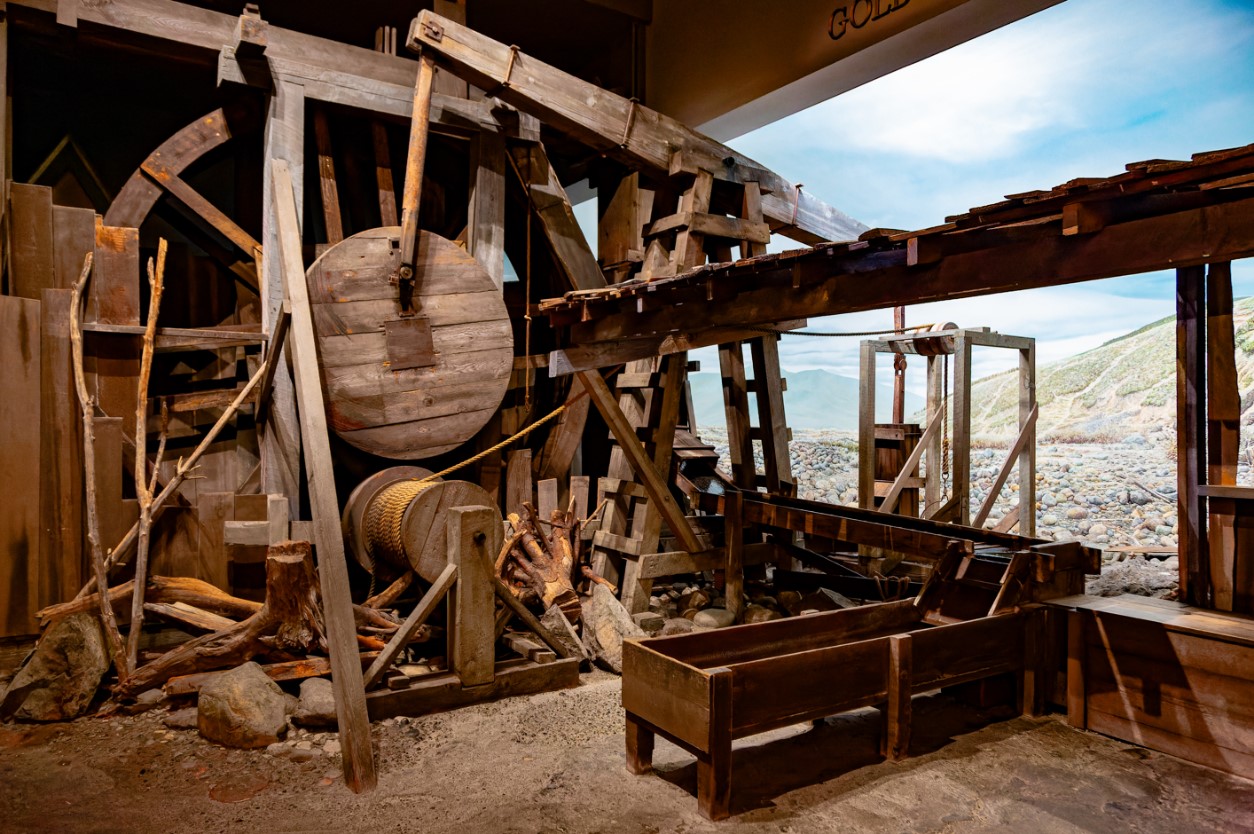
Experience the working replica of a waterwheel from the 1858 Fraser River Gold Rush, when prospectors, and adventurers from around the world poured into the colonies by hopes of “striking it rich”.
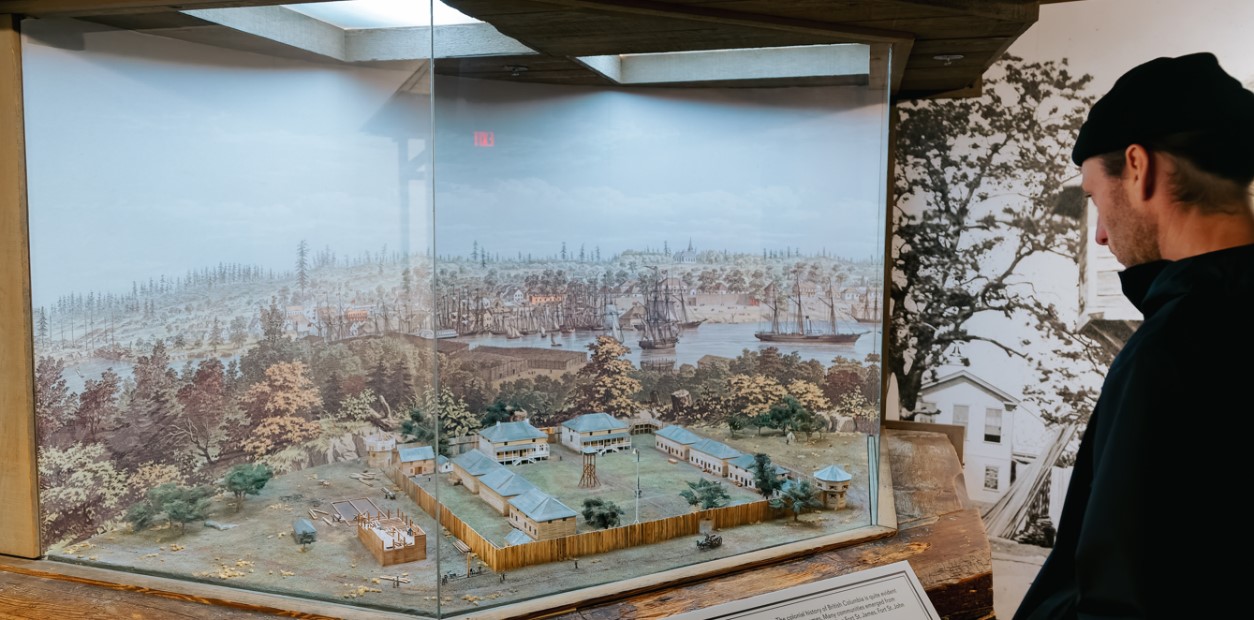
Feel the timber from the original Fort Victoria, built on Lekwungen territory, in 1843 that surrounds a detailed diorama of the fort.
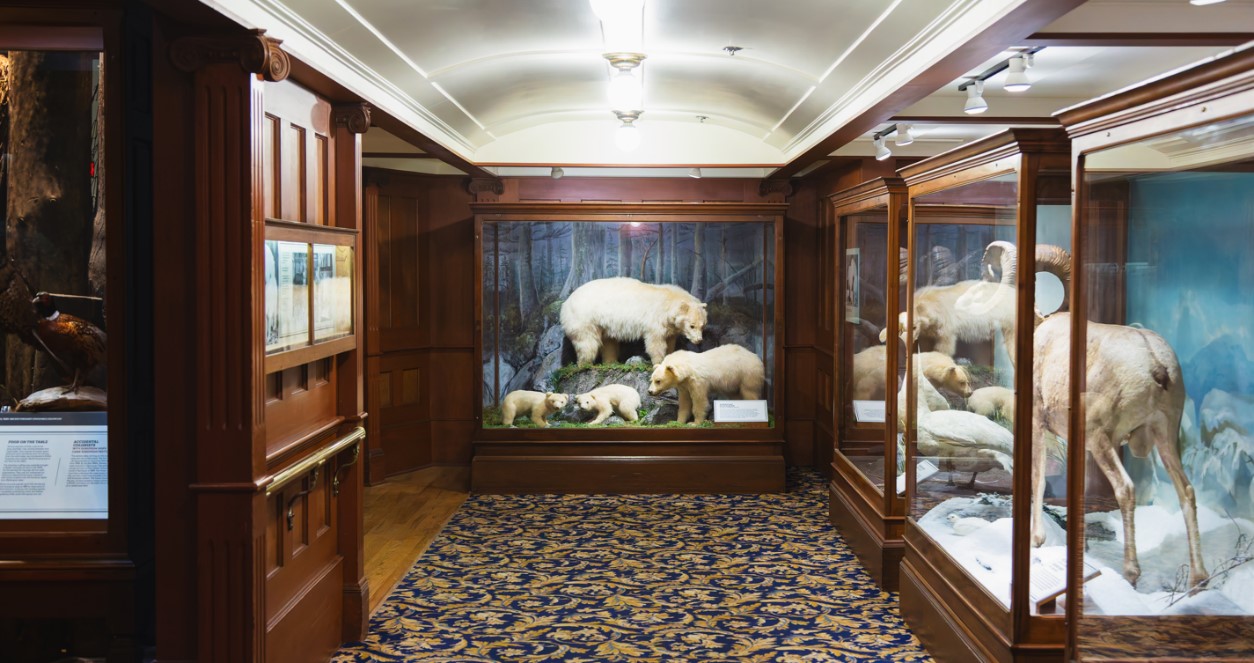
This new addition came to be, after being discovered during renovations in May 2023. The Royal BC Museum’s exhibition team uncovered long-lost landscape paintings from the early 1900s. Initially meant to display taxidermy, these showcases were later repurposed for maritime artifacts. Now, these original paintings are back on display.